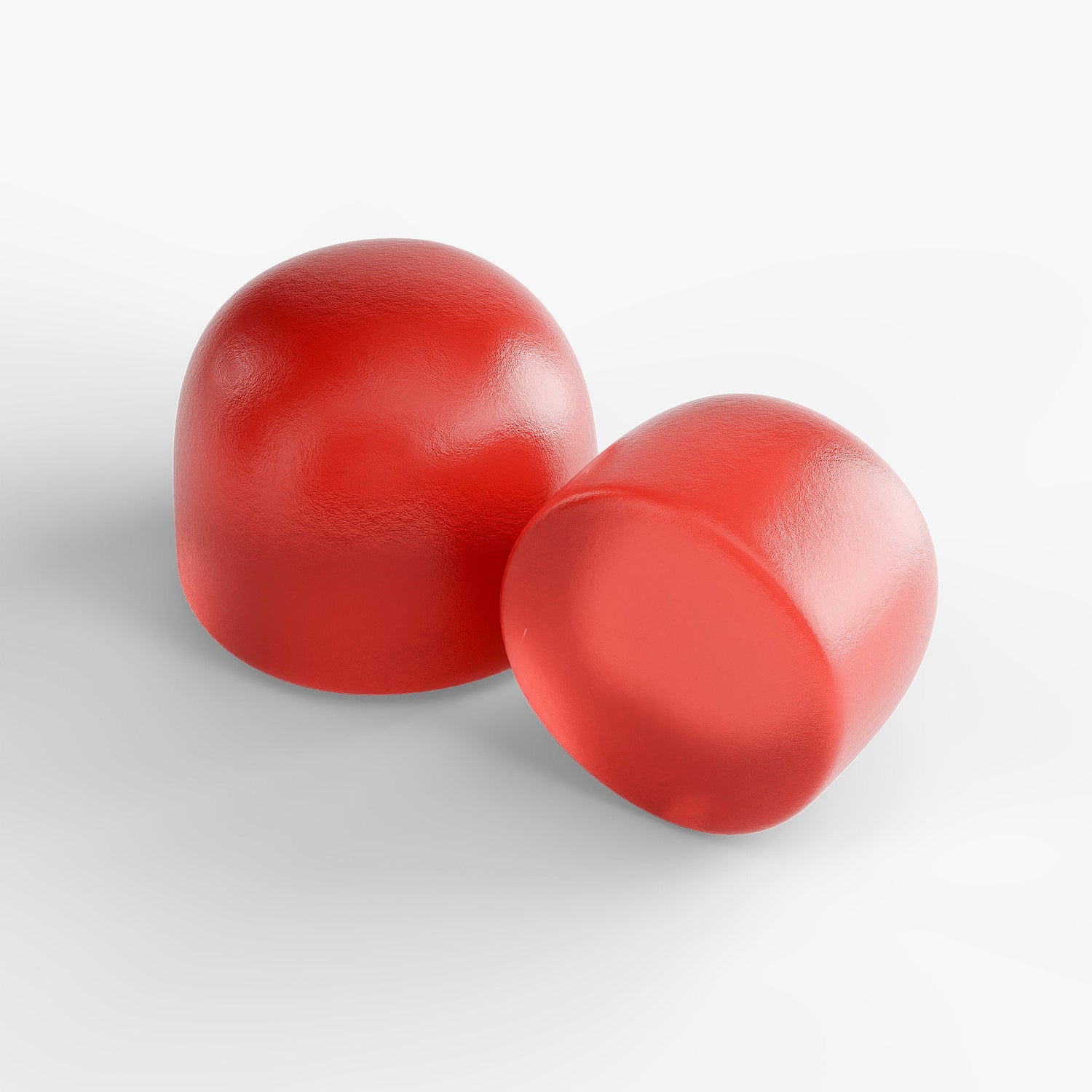Berberine & Blood Sugar: Why Stability Feels Like Superpower
If you’re not diabetic, you probably don’t think about your blood sugar very often. Maybe you assume it only matters to people with insulin resistance, or those monitoring glucose with a finger prick or a fancy CGM. But here’s the truth: blood sugar isn’t just a medical number — it’s a major driver of how you feel every single day.
If you’ve ever hit a midday energy crash, experienced brain fog after lunch, or felt hangry for no reason, chances are your blood sugar was fluctuating wildly in the background.
The good news? You don’t need a diagnosis to begin optimizing your blood sugar. And when you do, the benefits are far-reaching: better mood, steadier energy, fewer cravings, deeper sleep, and even healthier aging.
What Is Blood Sugar, Really?
Blood sugar (glucose) is the amount of sugar circulating in your bloodstream at any given time — primary fuel for the brain and muscles. Eat carbs → glucose rises → insulin helps shuttle it into cells. Ideally this curve is gentle. In modern life, it’s a rollercoaster.
Highly processed meals, sugary snacks, stress, poor sleep, and inactivity spike glucose quickly — then it crashes. You feel shaky, irritable, fatigued, and hungry soon after eating. Repeat this cycle and you set the stage for insulin resistance, weight gain, inflammation, and metabolic dysfunction — even if you’re not diabetic.
Why Stable Blood Sugar = Stable Life
Stable glucose is like a steady drumbeat for your day: sustained energy, fewer binges, better sleep, calmer mood, clearer focus. Unstable glucose looks like:
- 3 p.m. crashes and 2 a.m. wake-ups
- Cravings for sugar or caffeine “fixes”
- Anxiety, brain fog, and stubborn belly fat
Even in non-diabetic people, dysregulated glucose correlates with mood issues, hormonal disruption, accelerated aging, and systemic inflammation.
Hidden Drivers of Glucose Spikes
| Driver | What it does |
|---|---|
| Refined carbs / sugary snacks | Fast spikes → fast crashes → hunger & cravings. |
| Low fiber / protein meals | Less buffering, faster digestion, sharper glucose rise. |
| Stress & poor sleep | Cortisol raises glucose; sleep loss blunts insulin sensitivity. |
| Sedentary days / low muscle | Fewer glucose “sinks”; post-meal spikes run higher. |
| Gut imbalances | Microbiome shifts can worsen glycemic response. |
Start Balancing Naturally
- Prioritize protein (esp. at breakfast).
- Add fiber (greens, chia, oats, legumes).
- Pair carbs with protein/fat to slow absorption.
- Move 10 minutes after meals (walks are magic).
- Sleep 7–8 hours to restore insulin sensitivity.
- Manage stress (breathwork, journaling, sunlight).
- Use targeted supplements to support insulin signaling.
Berberine: “Nature’s Metformin”*
Berberine is a bright-yellow plant alkaloid (e.g., Berberis aristata) used for millennia in Eastern medicine. Modern studies show it can:
- Activate AMPK (your metabolic “master switch”).
- Improve insulin sensitivity & glucose uptake into cells.
- Support lipid/fat metabolism and a healthier microbiome.
Unlike carb-blockers, berberine helps rebalance metabolic pathways at a cellular level — useful for blood sugar, weight management, digestion, and cardiometabolic wellness.
Final Thoughts
By the time a diagnosis appears, imbalance has been brewing for years. You don’t need to be “sick” to start optimizing. Stabilize your blood sugar to protect mood, focus, energy, sleep — and long-term health.





